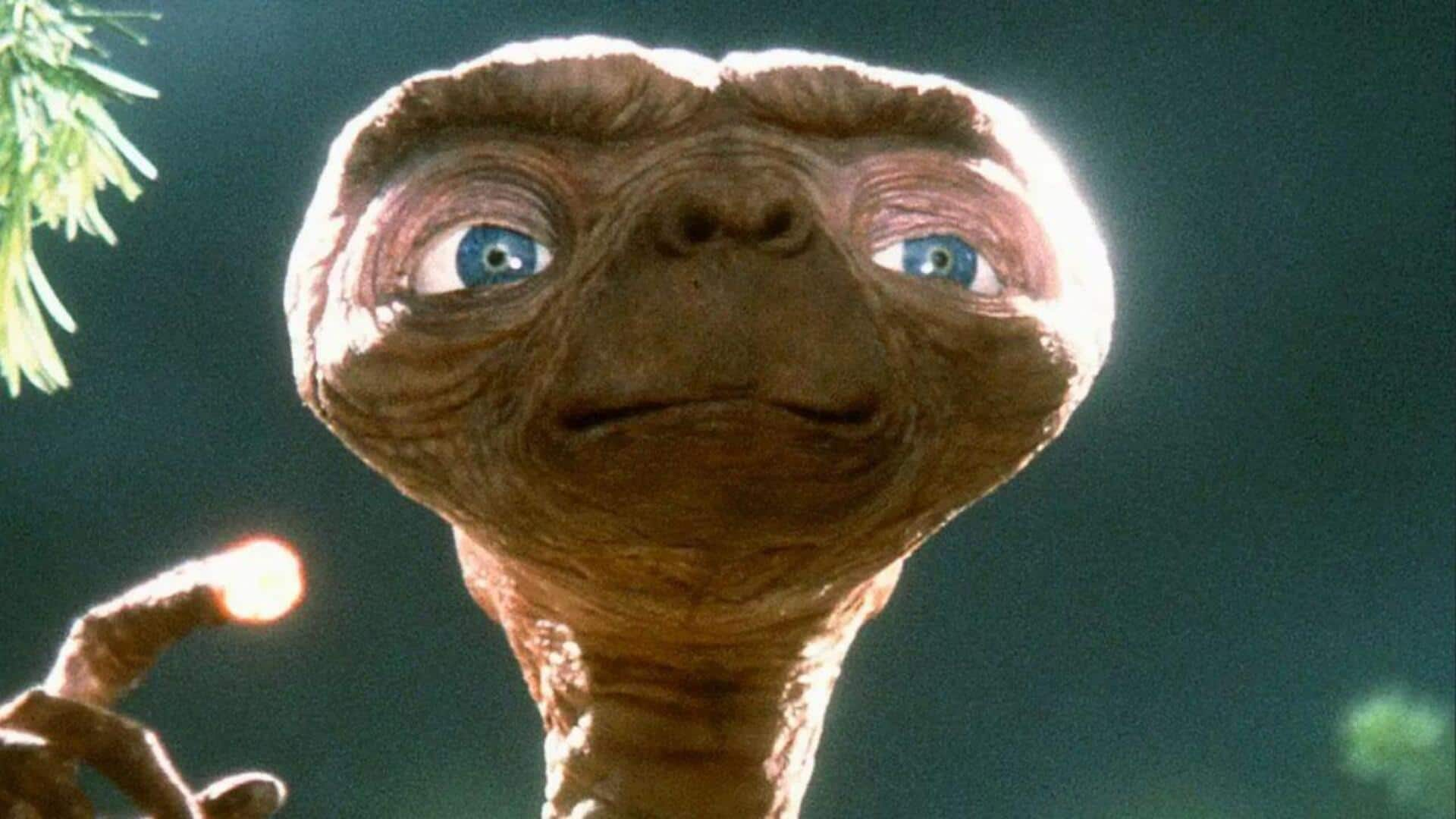
How Hollywood's E.T.s changed over time
What's the story
From menacing invaders to nuanced and sympathetic portrayals, the portrayal of extraterrestrial beings, or E.T.s, in US cinema has changed drastically over the decades. These characters have reflected societal attitudes as well as technological advancements. The evolution reflects not just shifts in storytelling but also advancements in special effects technology that have allowed filmmakers to bring more complex visions to life on screen.
Drive 1
'The Day the Earth Stood Still' impact
Released in 1951, The Day the Earth Stood Still was a turning point for E.T.s in cinema. The film introduced audiences to a peaceful alien visitor with a message for humanity, instead of earlier depictions of hostile invaders. The movie marked a shift in the trend, reflecting a growing public interest in space exploration and the potential for peaceful coexistence with otherworldly beings.
Drive 2
'Close Encounters of the Third Kind' advances
Furthering the extraterrestrial image, Steven Spielberg's 1977's Close Encounters of the Third Kind introduced the aliens as mysterious, but benevolent beings. The movie's special effects were ahead of their time and left the audience awestruck, setting standards for visual storytelling. It focused on communication and understanding between humans and aliens, highlighting a more optimistic perception of interstellar relations, as space exploration was finally gaining momentum.
Drive 3
'E.T. the Extra-Terrestrial' cultural phenomenon
Released in 1982, E.T. the Extra-Terrestrial became a cultural phenomenon by presenting an alien as an adorable being in search of friendship instead of an invasion. Its success proved that audiences were willing to accept storylines based on empathy and relatability with aliens. The film's emotional intensity struck a chord with many, paving the way for future characterizations of aliens as nuanced personalities rather than mere devices for conflict.
Drive 4
Modern depictions: Complexity and diversity
Recently, films like Arrival have kept evolving E.T.'s representation by delving into things like language barriers and cultural exchange across species. These modern-day depictions tend to center around complex narratives that challenge viewers' perceptions, while also displaying the stunning variety of alien designs, courtesy of CGI technology. With the world getting smaller, these stories mirror today's concerns about communication across cultures on Earth and beyond.